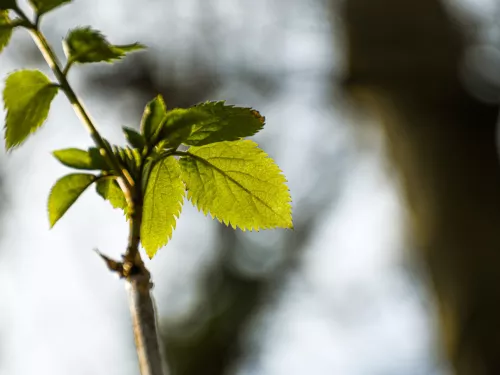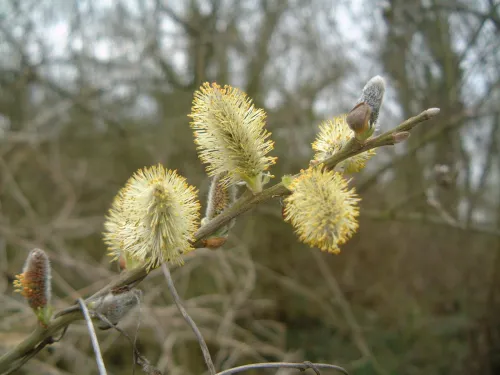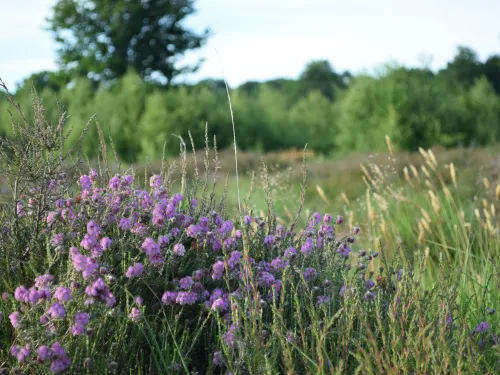
Spring on the wing: April on Hothfield Heathlands
Hothfield Heathlands volunteer & writer, Margery Thomas, explores what the reserve is like at this time of year.


Hothfield Heathlands volunteer & writer, Margery Thomas, explores what the reserve is like at this time of year.

Long-time volunteer, Margery Thomas, tells all about March on our Hothfield Heathland reserve!

Ashford Area Warden Will Glasson reflects on his first full year working across the local sites in this blog, co-written with long-time volunteer Margery Thomas.